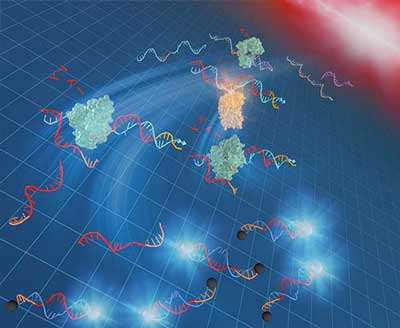 Study could advance molecular diagnosis and robotics.
Study could advance molecular diagnosis and robotics.
Thursday, June 13, 2019
A rapid, easy-to-use DNA amplification method at 37 C
 Study could advance molecular diagnosis and robotics.
Study could advance molecular diagnosis and robotics.
A new study reveals 'hidden' phases of matter through the power of light
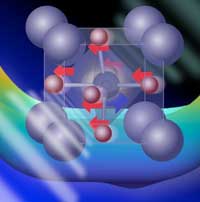 New chemistry research demonstrates how 'hidden' phases of matter can be activated by extremely fast pulses of light. This fundamental scientific breakthrough paves the way for creating materials that can be imbued with new properties, such as conducting electricity or making it magnetic.
New chemistry research demonstrates how 'hidden' phases of matter can be activated by extremely fast pulses of light. This fundamental scientific breakthrough paves the way for creating materials that can be imbued with new properties, such as conducting electricity or making it magnetic.
Concert of magnetic moments
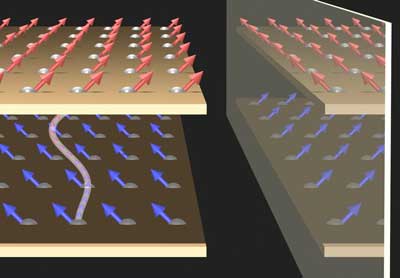 An international collaboration between researchers has uncovered a new way how the electron spins in layered materials can interact. They report a hitherto unknown chiral coupling that is active over relatively long distances.
An international collaboration between researchers has uncovered a new way how the electron spins in layered materials can interact. They report a hitherto unknown chiral coupling that is active over relatively long distances.
Research reveals liquid gold on the nanoscale
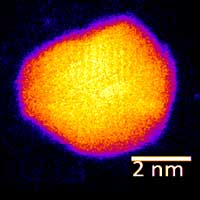 Scientists have discovered what liquid gold looks like on the nanoscale - and in doing so have mapped the way in which nanoparticles melt, which is relevant to the manufacturing and performance of nanotechnology devices such as bio-sensors, nanochips , gas sensors, and catalysts.
Scientists have discovered what liquid gold looks like on the nanoscale - and in doing so have mapped the way in which nanoparticles melt, which is relevant to the manufacturing and performance of nanotechnology devices such as bio-sensors, nanochips , gas sensors, and catalysts.
New quantum dot microscope shows electric potentials of individual atoms
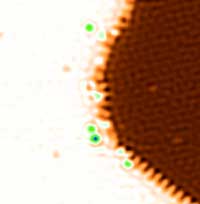 Researchers developed a new method to measure the electric potentials of a sample at atomic accuracy. The new scanning quantum dot microscopy method could open up new opportunities for chip manufacture or the characterization of biomolecules such as DNA.
Researchers developed a new method to measure the electric potentials of a sample at atomic accuracy. The new scanning quantum dot microscopy method could open up new opportunities for chip manufacture or the characterization of biomolecules such as DNA.
Researchers create uniform-shape polymer nanocrystals
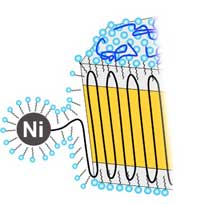 Researchers have demonstrated a new aqueous polymerization procedure for generating polymer nanoparticles with a single chain and uniform shape, which, as another difference to previous methods, involves high particle concentrations.
Researchers have demonstrated a new aqueous polymerization procedure for generating polymer nanoparticles with a single chain and uniform shape, which, as another difference to previous methods, involves high particle concentrations.
Small currents for big gains in spintronics
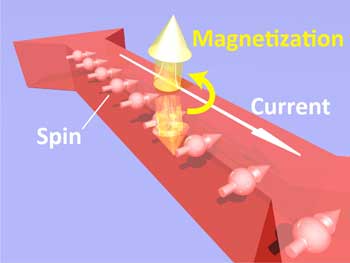 A new low-power magnetic switching component could aid spintronic devices.
A new low-power magnetic switching component could aid spintronic devices.
Physics at the edge
 Condensed matter physicists take a step closer to building a graphene-based topological insulator.
Condensed matter physicists take a step closer to building a graphene-based topological insulator.
Soon, air pollution could be measured by nanosensors on every street corner
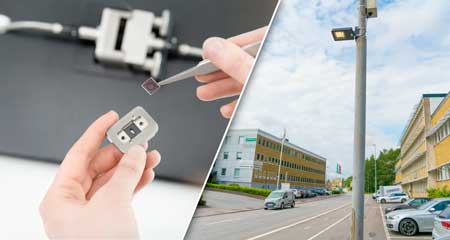 The technology is already in use in western Sweden, and researchers and other interested parties hope that the sensor could soon be used in many broad contexts.
The technology is already in use in western Sweden, and researchers and other interested parties hope that the sensor could soon be used in many broad contexts.
Subscribe to:
Comments (Atom)
